TOM FRANCIS
REGRETS THIS ALREADY
Hello! I'm Tom. I'm a game designer, writer, and programmer on Gunpoint, Heat Signature, and Tactical Breach Wizards. Here's some more info on all the games I've worked on, here are the videos I make on YouTube, and here are two short stories I wrote for the Machine of Death collections.
Theme
By me. Uses Adaptive Images by Matt Wilcox.
Search
What Works And Why: Prey’s Intro
The start of Prey is one of very few narrative-based game intros that really worked for me. And it comes not that long after one in the same genre that especially didn’t: Mankind Divided. So I thought it might be interesting to replay both and compare what works and what doesn’t. Not to pick on Mankind Divided – I loved the game after the stumbling start – but just because you can be more specific with praise if you have something to contrast it against.
I talked through my thoughts on both intros as I replayed them in the videos here, and I’ll summarise and add some conclusions through the magic of text. Obviously both parts of this post spoil the intros to these games. Continued
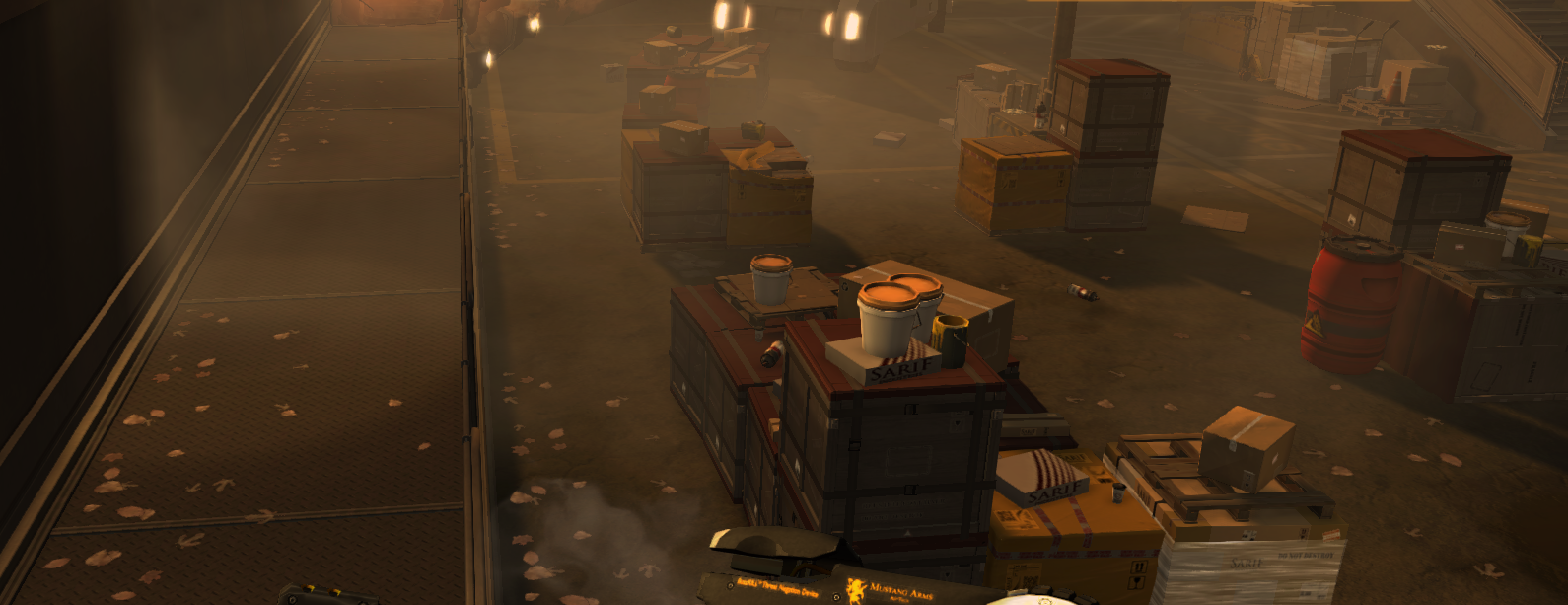
What Works And Why: Multiple Routes In Deus Ex
Deus Ex’s appeal is often boiled down to ‘lots of options’, but obviously that doesn’t quite cover it. Right now I’m looking to redesign the ‘sneaking inside spaceships’ part of Heat Signature, so I need more than a vague line about what’s cool about Deus Ex – I need a practical understanding of specifically why it works, and why similar games don’t. So I’m replaying Deus Ex 1 and 3, to figure out what it is I want to steal. And I think it is options, but it’s not just number. They have to fill a certain set of requirements, and this is my attempt to nail down what those are.
I’ve been mostly playing Human Revolution so far, but I’ll also use some examples for DX1 since there’s so much overlap. Continued
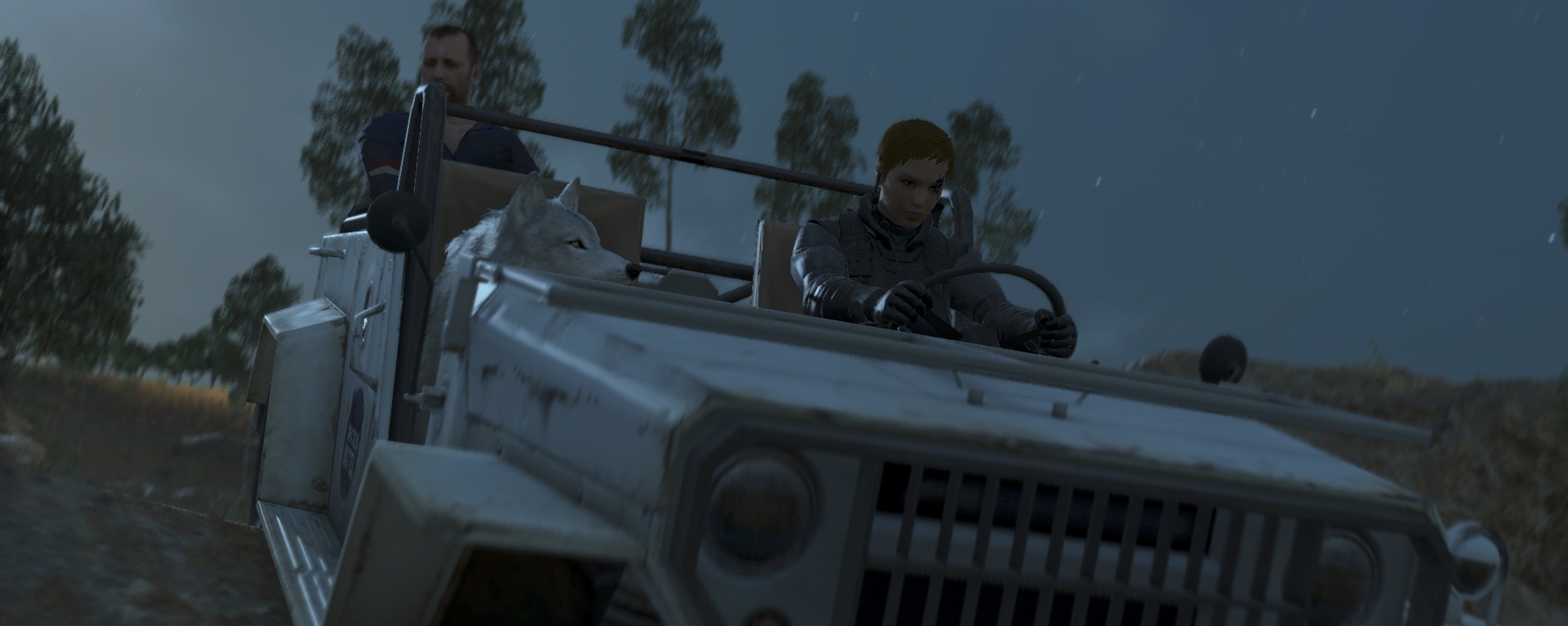
Doing Your Job In Metal Gear Solid V
This post is part of a series. I mention abilities and tools but no story spoilers.
A lot of the time, MGS V is just a very good stealth game. You have lots of tools to distract, evade or take down your enemies, and they’re all very satisfying to use – just like Deus Ex 3. Its levels are encampments dotted seamlessly around a huge open world – just like Far Cries 2-4. Its layered systems turn failures into new challenges rather than end points – just like Invisible Inc. But none of those things are new, and MGS V sometimes feels like something that is.
Those times, for me, are not during some particularly great mission, or when some unexpected chain of events creates a cool story. They’re after: when the guards lie sleeping or dead, the cargo containers are ballooning skyward, I’m scampering out with the target (too weak to be similarly ballooned) slung over my shoulders. Continued

The Killing Decision In Metal Gear Solid V
This post is part of a series. I mention abilities and tools but no story spoilers.
Almost every game that lets you take people out lethally or non-lethally presents it as a choice between pragmatism and ethics: killing is easier, but tranqing is nicer. That’s true in MGS V too, but it adds something else to that choice that solves a problem I’ve had with these games for ages. Continued
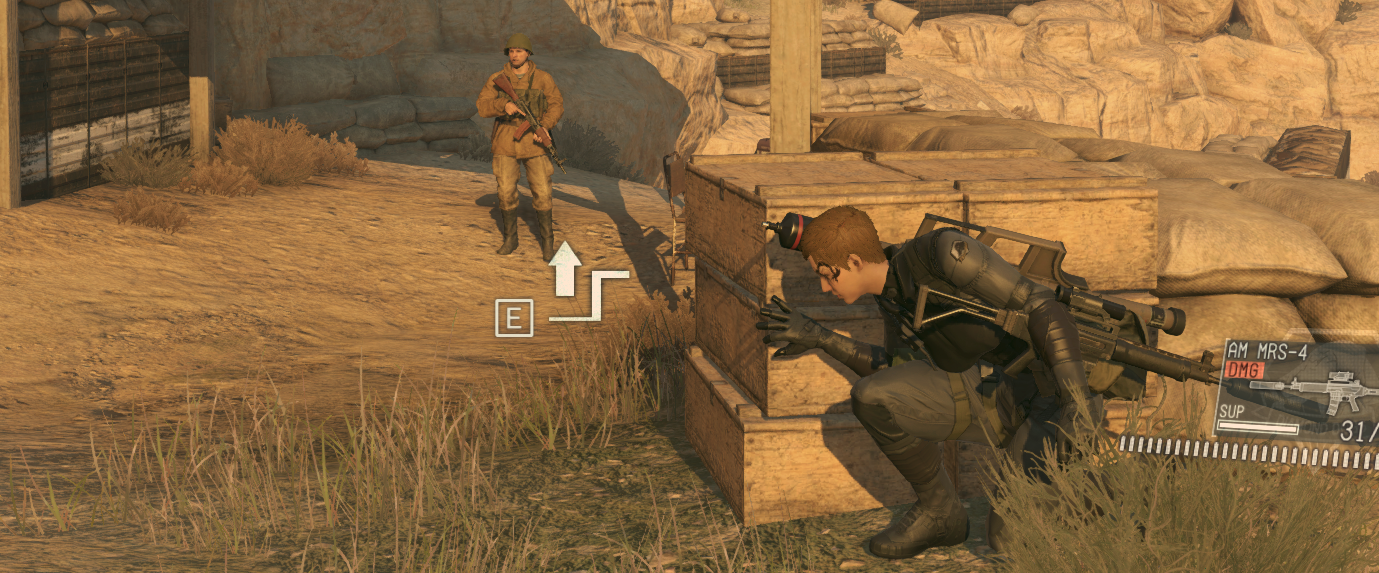
Metal Gear Solid V’s Failure Spectrum
This post is part of a series. I mention abilities and tools but no story spoilers.
Being an outsider to the Metal Gear series, I was only cautiously optimistic about V. All I heard about the last one was that it had 90-minute cut-scenes. I watched enough of one of them on YouTube to determine that it was… not my cup of tea. Of V, I’d seen some fun stuff in videos, but I was half-assuming the story would barge in and ruin it.
Well, the story does barge in. But only for the intro and a few brief intrusions, spread out over the vast, ridiculous amount of time I’ve played the game for so far – at least thirty hours, I think. That’s a ridiculously tiny fraction, and the rest is extraordinarily good.
So many things about it are surprising or different or interesting and I want to write about all of them. So I think I’ll do that, one post at a time, starting with this: Continued

What Works And Why: Nonlinear Storytelling In Her Story
What Works And Why is a thing where I dig into the design of a game I like and try to analyse what makes it good, hopefully to learn from it but also because I love this stuff.
Spoiler-free
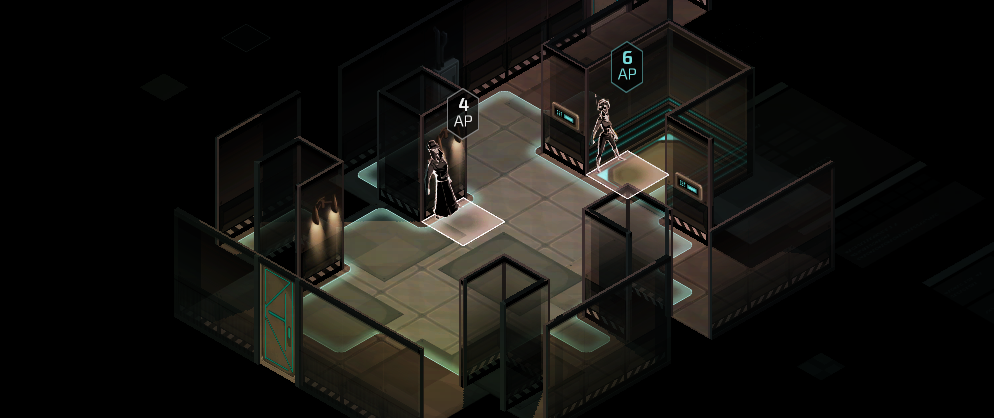
What Works And Why: Invisible Inc
What Works And Why is a thing where I dig into the design of a game I like and try to analyse what makes it good, hopefully to learn from it but also because I love this stuff.
What is it?
A turn-based stealth game with randomly generated levels and no savegames. You have two secret agents with different special abilities, and you choose from offices of varying difficulties and rewards to break into and steal money, equipment and abilities. You break in by carefully peering round corners and doors, ambushing unwitting guards with your tazers, and hacking security devices from a special vision mode.
If you want a better idea of how it plays, I recorded myself going through one mission, and talked through my thinking and how the game works.
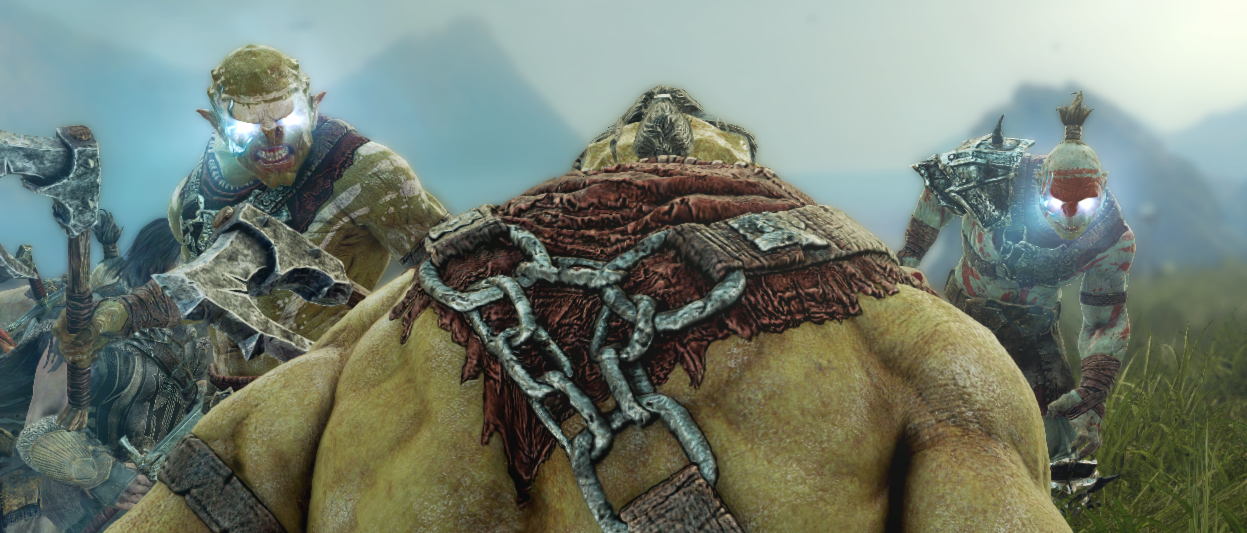
What Works And Why: Sauron’s Army
Game: Shadow of Mordor
Third-person open world action and stealth game, with Assassin’s Creed free-running and Arkham Asylum combat. You’re in Mordor, it’s full of orc-like Uruks, and for reasons that were probably explained in all the cut-scenes I skipped, you have to use them to get to the Black Dark Lord Hand – who I gather is a ruffian. Continued
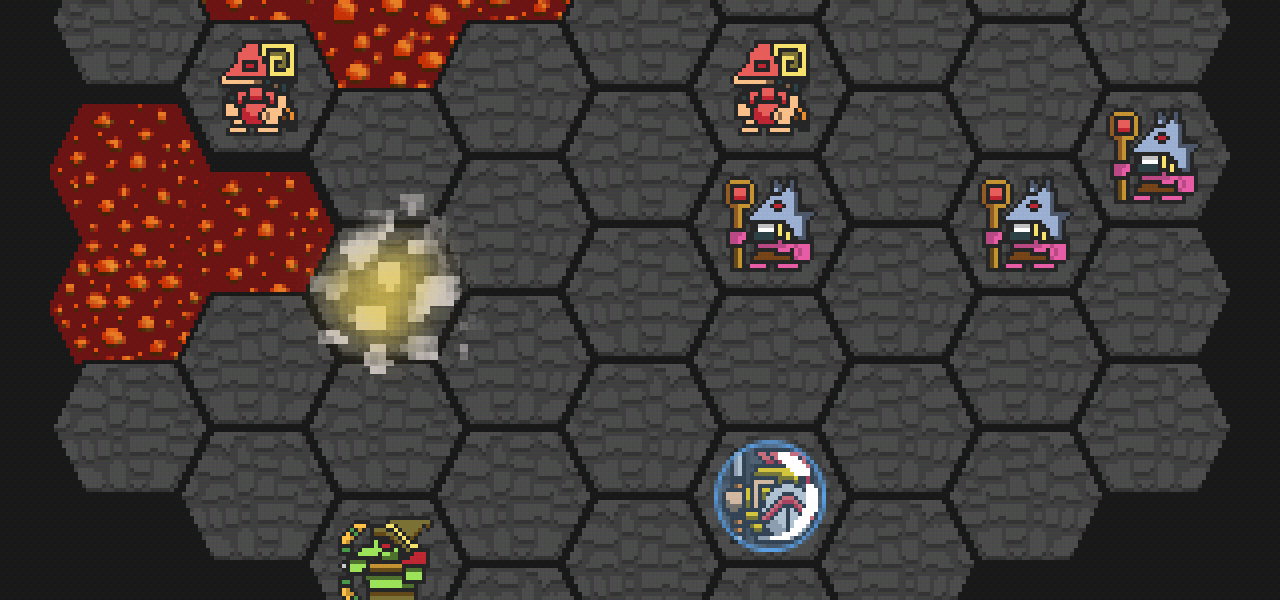
The Randomised Tactical Elegance Of Hoplite
I’ve been obsessed with iOS/Android randomised tactical combat game Hoplite ever since Zack Johnson told me about it at IndieCade last month. You’re a Greek spearman descending the randomly generated levels of the underworld, and you have to deal with the steadily increasing demonic population you find there by moving carefully across a hex grid turn by turn, calculating each move to slash, stab or stomp them without letting them get a hit in.
Each level has a shrine that grants a choice of upgrades, letting you incrementally design a perfect build of complimentary abilities until depth 16, at which point they run out completely and you just see how far you can get with what you’ve built.
As the difficulty ramps up from there, the way your chosen abilities play off each other to let you overcome the endlessly increasing challenge becomes elegant, then balletic, then sublime. These calculated chains of sweeps, leaps and thrusts let you dance through a minefield with precision and grace, felling everything around you. It’s hard to fully explain how neat, clever and satisfying it feels – so I made a GIF. Continued